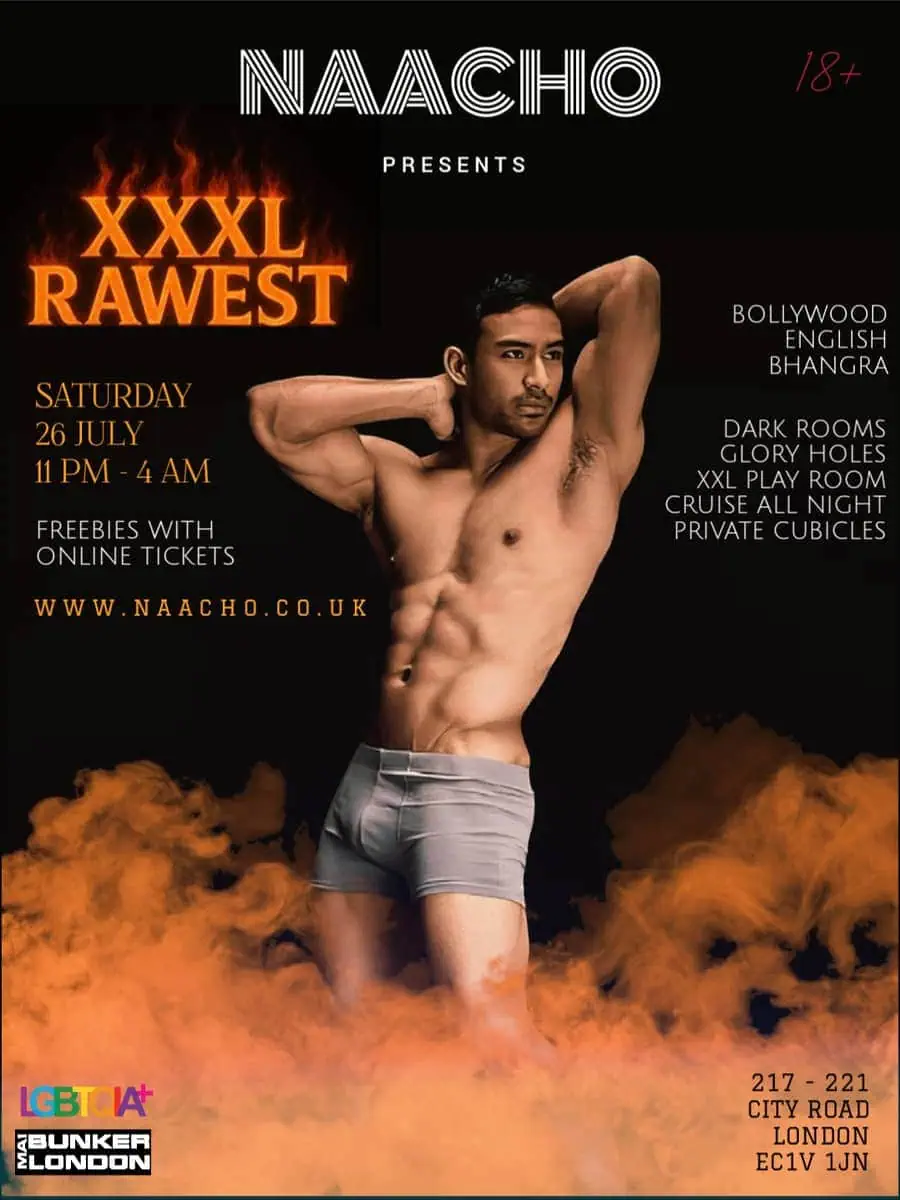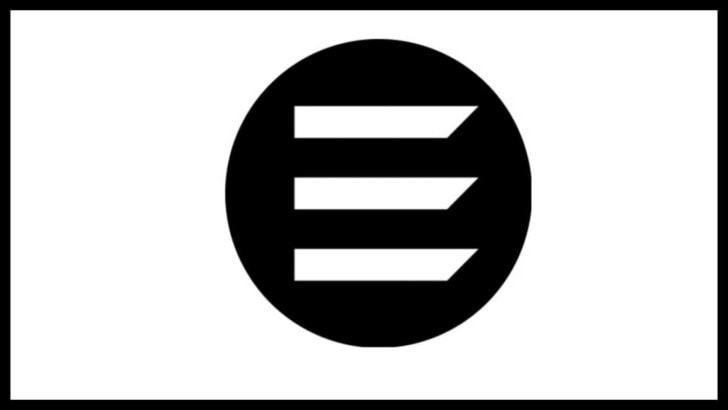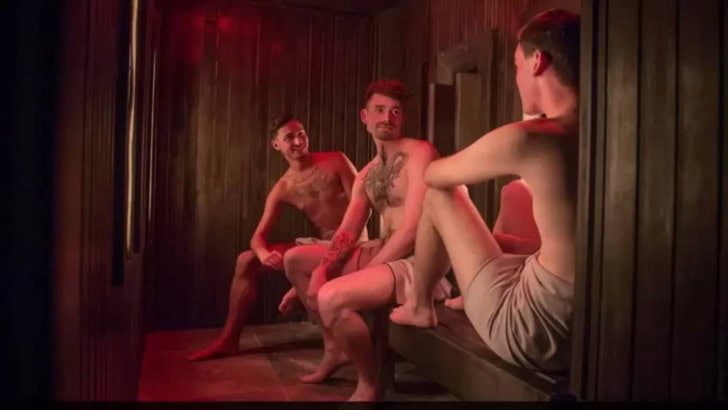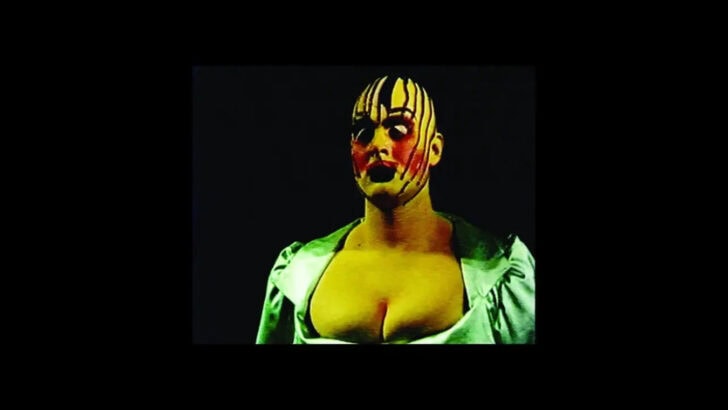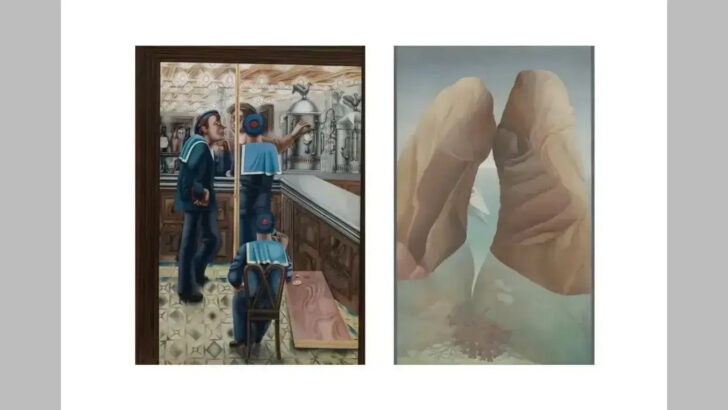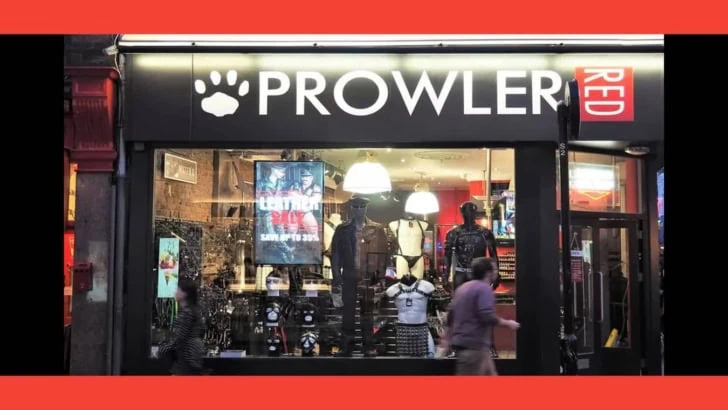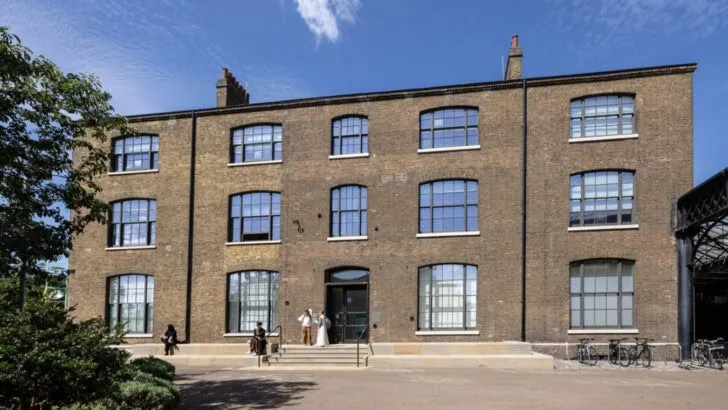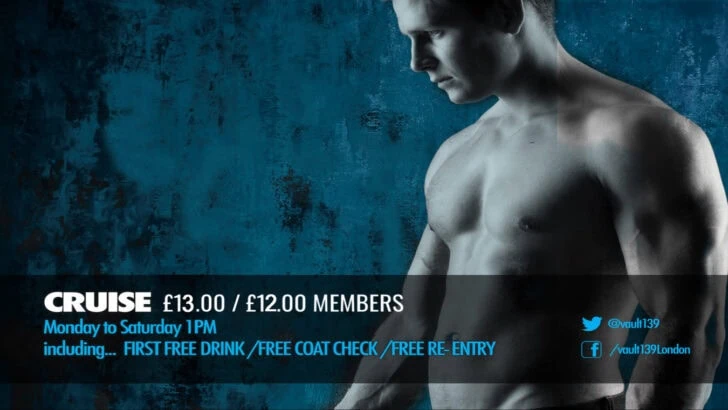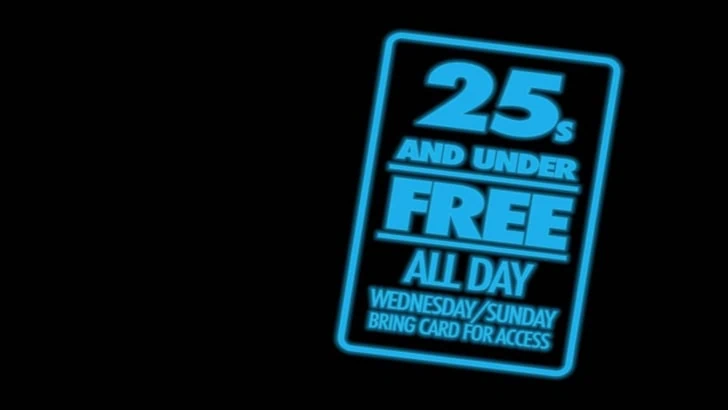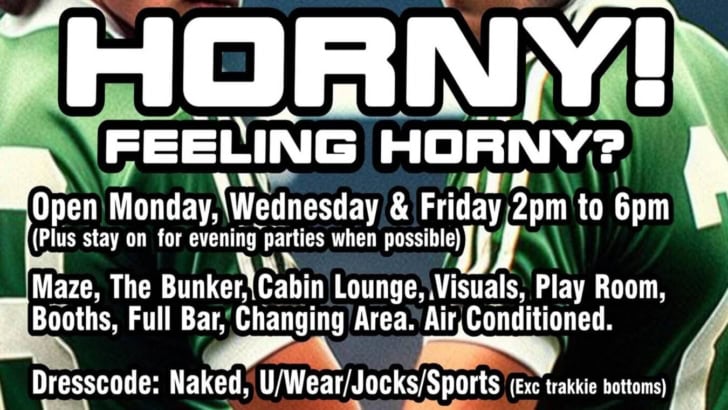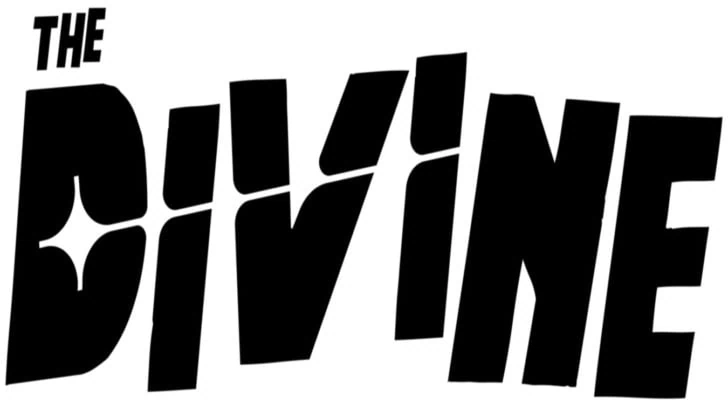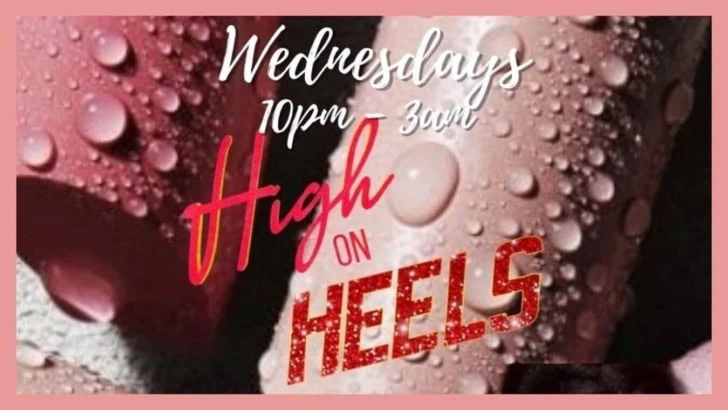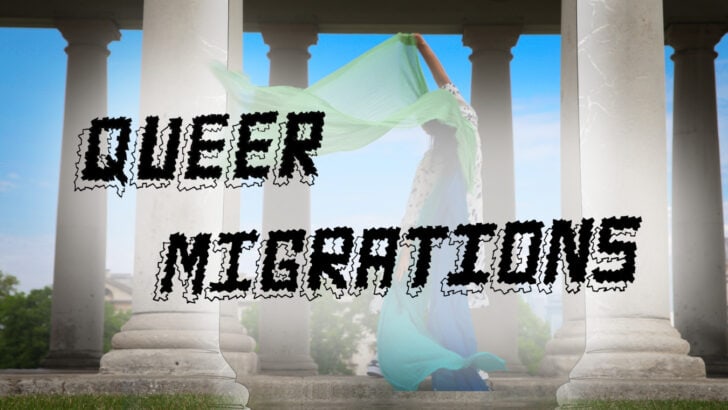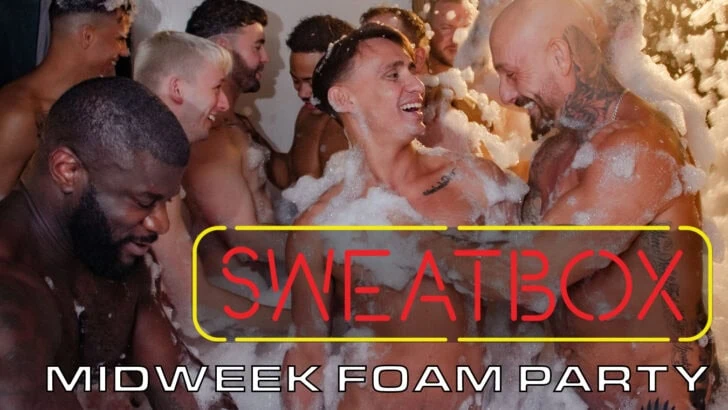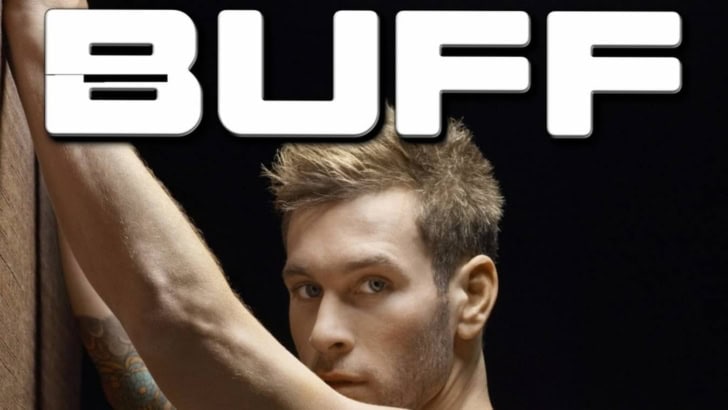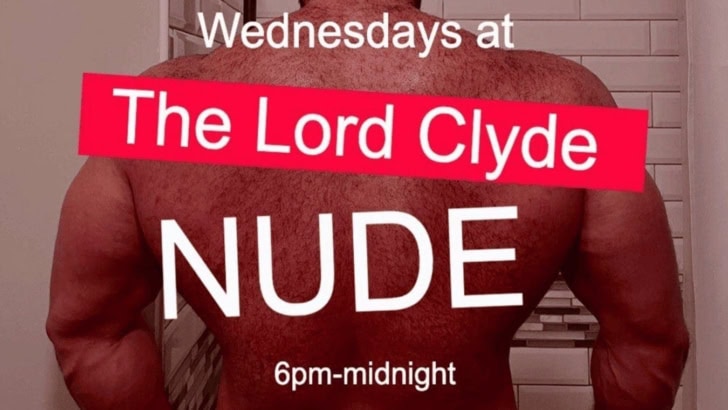ACTING UP
Throughout the 1990s, theatre, hit hard by the AIDS epidemic, fought back. Broadway Cares, founded in 1988, raised hundreds of millions of dollars for AIDS-related causes, and similar initiatives worldwide followed suit. (The latest edition of one spin-off, West End Bares, is at the Café de Paris on 4th September).
The Red Ribbon was first worn by Jeremy Irons at the Tony Awards in 1991.The decade began with AIDS! The Musical! (1991), which joined ACT UP’s condemnation of apparent government indifference to the health crisis.
Tony Kushner’s Angels in America (1991-2), an epic fantasy in two parts, is an awe-inspiring mix of sex, religion and politics; one of its characters is Roy Cohn, scourge of Commies and homos, who was himself gay and died of AIDS. Paul Rudnick’s Jeffrey (1993) was the first comedy about AIDS.
It was followed by Kevin Elyot’s My Night with Reg (1994). Jonathan Larson’s musical Rent (1994) was an update of the opera La Bohème with AIDS substituted for TB. Ronnie Larsen’s Making Porn (1995), a comic history of the gay porn industry, re-lived the big decision producers had to take – should models wear condoms?
The play ran for years by casting genuine porn stars in one of the roles. By 1999 AIDS was under control and Jonathan Harvey’s Hushabye Mountain, about living with the disease, seemed instantly dated. Subsequently dramatists occasionally used AIDS as a plot device, but rarely built plays around it.
SHOCK TREATMENT
One of the most remarkable and influential plays of the decade (it introduced a new phrase to the language) was John Guare’s Six Degrees of Separation (1990), inspired by the exploits of gay con man David Hampton, who pretended to be Sidney Poitier’s son. (Hampton tried unsuccessfully to sue Guare for $100 million. He died of AIDS in 2003).
The musical Kiss of the Spider Woman (1992), about a gay paedophile and a Marxist revolutionary sharing a prison cell, was from another all-gay team – John Kander and Fred Ebb (who created Cabaret) and Terrence McNally (who created a major controversy later in the decade).
Whoop-dee-doo! (1993) is a camp revue which tackles serious issues, e.g. the nature versus nurture debate and gays in the military. Christopher Biggins was in the London production. Patrick Wilde’s What’s Wrong with Angry? (1993) deals with Section 28 and the gay age of consent. It became a runaway success, moving from an outer Fringe theatre to the West End.
Its arrival prompted the Evening Standard’s Milton Schulman to write a homophobic diatribe headed “Stop the plague of pink plays.” Sadly this kind of nonsense still turns up from time to time in the British press.
Michael John LaChiusa’s musical Hello Again (1994) was one of several gay takes on Schnitzler’s 1897 play La Ronde. David Hare’s The Judas Kiss (1998) was yet another play about Oscar Wilde and Lord Alfred Douglas.
Producers also cottoned on to the fact that many members of our community will pay to see almost anything if it includes male nudity.
It followed Tom Stoppard’s The Invention of Love (1997) about gay poet A.E. Housman. Tim Luscombe’s EuroVision (1993) and Jonathan Harvey’s Boom Bang-a-Bang (1995) both reflected the growing gay appeal of the Eurovision Song Contest. The Canadian musical The Drowsy Chaperone (1998) was the first to poke fun at gay men’s obsession with stage musicals.
Generally, however, the 1990s will be remembered for the various ways in which gay artists tried to shock their audience. Mark Ravenhill burst on the scene with Shopping and Fucking (1996) with its scene of a gay gang bang.
Although bowdlerised as F***king, the word in neon lights caused consternation in Shaftesbury Avenue. In 1997 audiences attending Terrence McNally’s Corpus Christi, in which Jesus and his disciples are all gay, had to run a gauntlet past Christian protesters.
John Cameron Mitchell’s rock musical Hedwig and the Angry Inch (1998) centres on a botched sex change operation. Producers also cottoned on to the fact that many members of our community will pay to see almost anything if it includes male nudity.
This resulted in the likes of James Edwin Parker’s Two Boys in a Bed on a Cold Winter’s Night (1995), the musical revue Naked Boys Singing (1998), and Barry Lowe’s Homme Fatale (1999), the story of porn star Joey Stefano. Scott Miller’s Head Games (1999) is about a theatre company that stages a gay play with gratuitous nudity in order to make money.
GREAT GAY PLAYS
Beautiful Thing (1993)
Like What’s Wrong with Angry? the same year, Jonathan Harvey’s breakthrough play protests that gay teens shouldn’t have to run the risk of gaining a criminal record. (The gay age of consent wasn’t lowered to 16 until 2000).
Harvey’s 1995 film version probably made a lot of gay schoolboys realise they weren’t alone. Harvey moved to TV and had a hit with Gimme Gimme Gimme (1999-2001). But he returned to theatre in 2010 with Canary, a Kushner-style panorama of gay history.
My Night with Reg (1994)
After a long apprenticeship Kevin Elyot made it big with this award-winning dark comedy that voiced many gay men’s concerns at the time.
Like Godot, Reg never appears; but his unseen presence hovers throughout the play because he has AIDS and all the characters we meet seem to have had sex with him. Like Jonathan Harvey, Elyot is now better known as a TV writer. His work includes Clapham Junction (2007) and Christopher and His Kind (2011).
Next week 2000s!
